Follow Us:

Share
The AGM-114 Hellfire Missile is a versatile American missile initially designed for anti-armor purposes but later adapted for precision strikes, particularly from drones, against various target types, including high-value individuals and installations.
Originally known as the “Heliborne laser, fire-and-forget missile,” this designation was eventually shortened to “Hellfire,” which became the missile’s official name.
Renowned for its multi-mission capabilities, the Hellfire can effectively engage a wide range of targets with pinpoint accuracy. Its adaptability allows it to be launched from various platforms, including air, sea, and ground systems.
Notably, it is deployed from the MQ-1 Predator and MQ-9 Reaper drones, which are widely used for military operations. The missile weighs approximately 100 pounds (45 kg), making it a highly effective air-to-ground precision weapon for the U.S. military and allied forces worldwide.
The Hellfire missile has also been successfully integrated into surface platforms, extending its functionality to surface-to-surface and surface-to-air combat roles. This has made it a critical asset in modern warfare across various domains.
The AGM-114 Hellfire missile family primarily consists of laser-guided variants, with the AGM-114L Longbow Hellfire being the notable exception, utilizing radar guidance.
Laser guidance can be achieved through various methods, including launch platforms like the nose-mounted optics of the AH-64 Apache helicopter, airborne designators, or ground-based observers.
The latter two methods enable the launcher to break the line of sight with the target, allowing it to seek cover while still ensuring the missile’s accuracy.
The development of the Hellfire Missile System traces back to 1974, initiated in response to a U.S. Army requirement for a powerful, helicopter-launched anti-tank weapon designed to neutralize heavily armored vehicles. This gave birth to a missile capable of devastating precision strikes against armored targets.
By the early 1990s, the Hellfire II emerged as a modular missile system with multiple variants. It officially entered service with the U.S. Army in 1996.
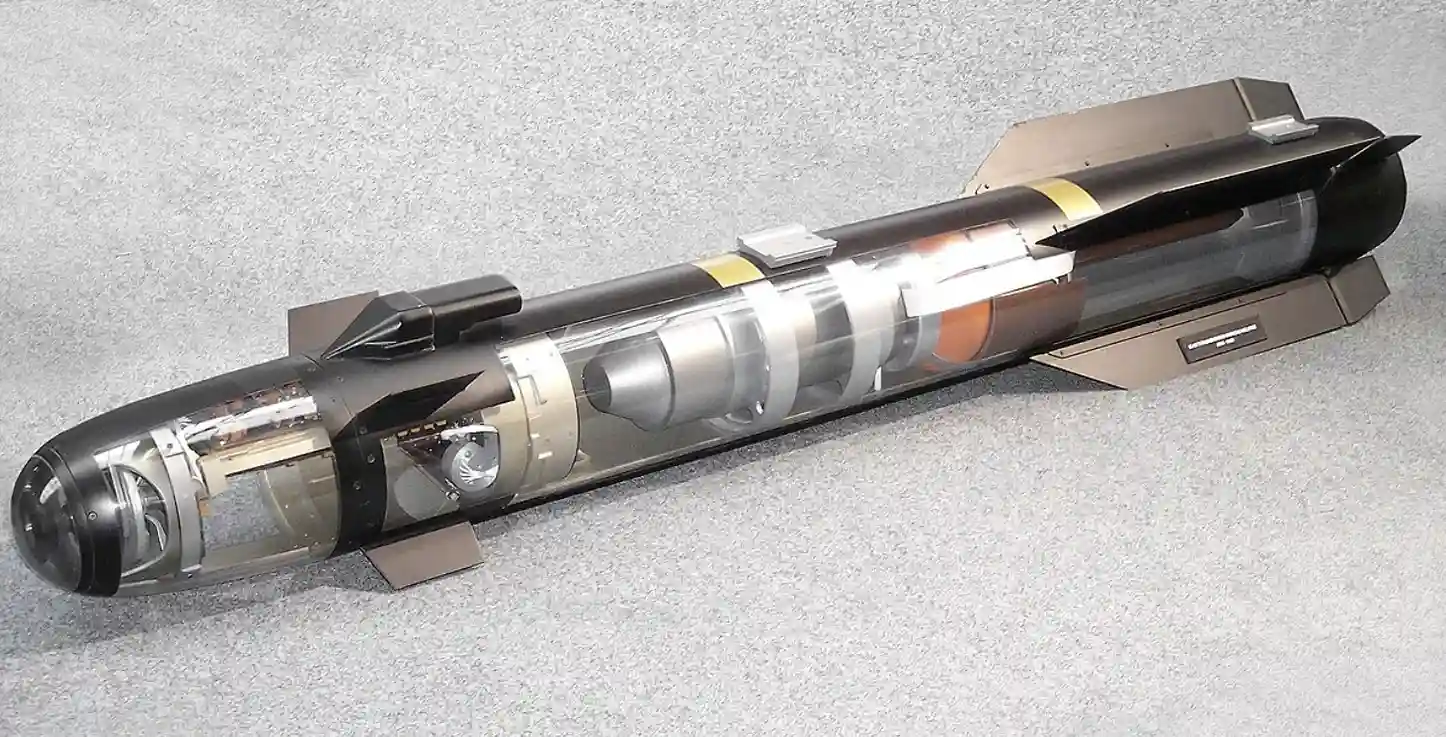
The Hellfire II series includes several semi-active laser-guided variants, such as the AGM-114K (high-explosive anti-tank or HEAT), AGM-114K II (equipped with an external blast fragmentation sleeve), AGM-114M (blast fragmentation), and the AGM-114N (featuring a metal augmented charge or MAC warhead).
These missiles achieve high accuracy by locking onto laser reflections from the target, either from the launching platform or external sources.
Platforms such as the General Atomics MQ-1 Predator and MQ-9 Reaper unmanned combat aerial vehicles (UCAVs) are among the key carriers of the Hellfire II.
However, the AH-1Z Viper helicopter gunship remains the most common platform, capable of carrying up to 16 Hellfires. The AGM-114L Longbow Hellfire introduces a fire-and-forget capability thanks to its millimeter-wave (MMW) radar, which eliminates the need for further guidance once launched.
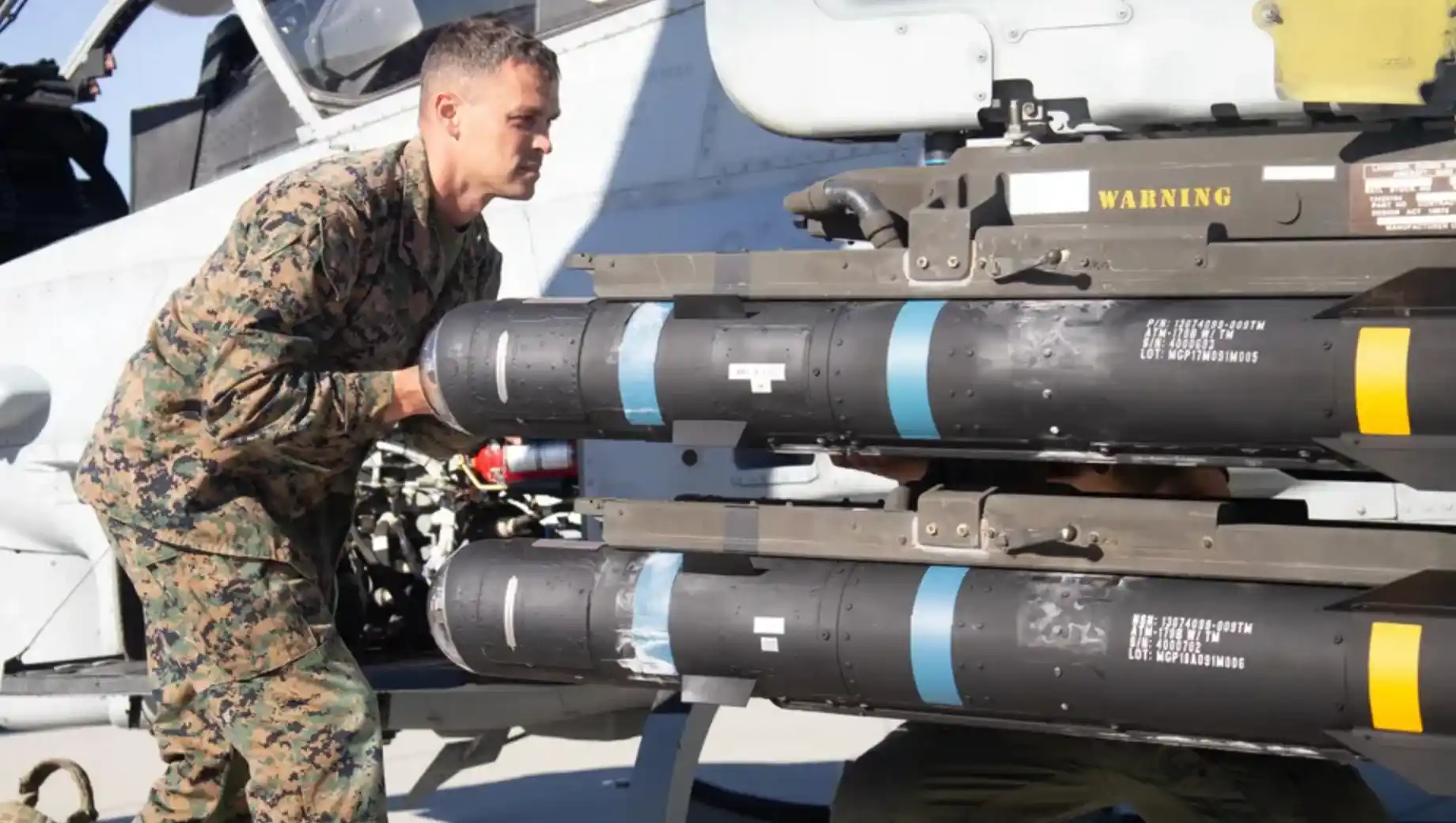
The missile can even lock onto targets post-launch and is highly effective in adverse conditions such as poor weather, smoke, or fog—scenarios that might obscure a target or disrupt a laser designator’s function.
Weighing 104 pounds (47 kg), including a 20-pound (9 kg) warhead, the Hellfire has a range between 4.4 to 6.8 miles (7.1 to 11 km) and boasts a Circular Error Probable (CEP) of less than three feet (0.91 m), ensuring precision even at maximum range.
The AGM-114R Romeo variant, which entered service in 2012, features semi-active laser homing guidance and a multipurpose K-charge warhead.
This variant consolidates the capabilities of several earlier models, such as the AGM-114K, M, N, and P, into a single versatile missile, reducing the need for multiple specialized versions.
In October 2012, the U.S. ordered 24,000 Hellfire II missiles to supply both domestic forces and foreign allies.
Additionally, a possible successor to the Hellfire, the Joint Air-to-Ground Missile (JAGM), is under consideration.
Due to budget constraints, its development has been broken into phases, with the first phase focusing on integrating a millimeter-wave radar into the Hellfire-R.
This enhancement would equip the missile with a dual-mode seeker, allowing it to track and engage moving targets under adverse weather conditions.
In 2009, the British Ministry of Defence (MoD) confirmed that the Army Air Corps (AAC) had deployed AgustaWestland Apache helicopters armed with AGM-114N Hellfire missiles against Taliban insurgents in Afghanistan.
The MoD disclosed that a total of 20 Hellfire missiles were launched in 2008, with an additional 20 deployed in 2009.
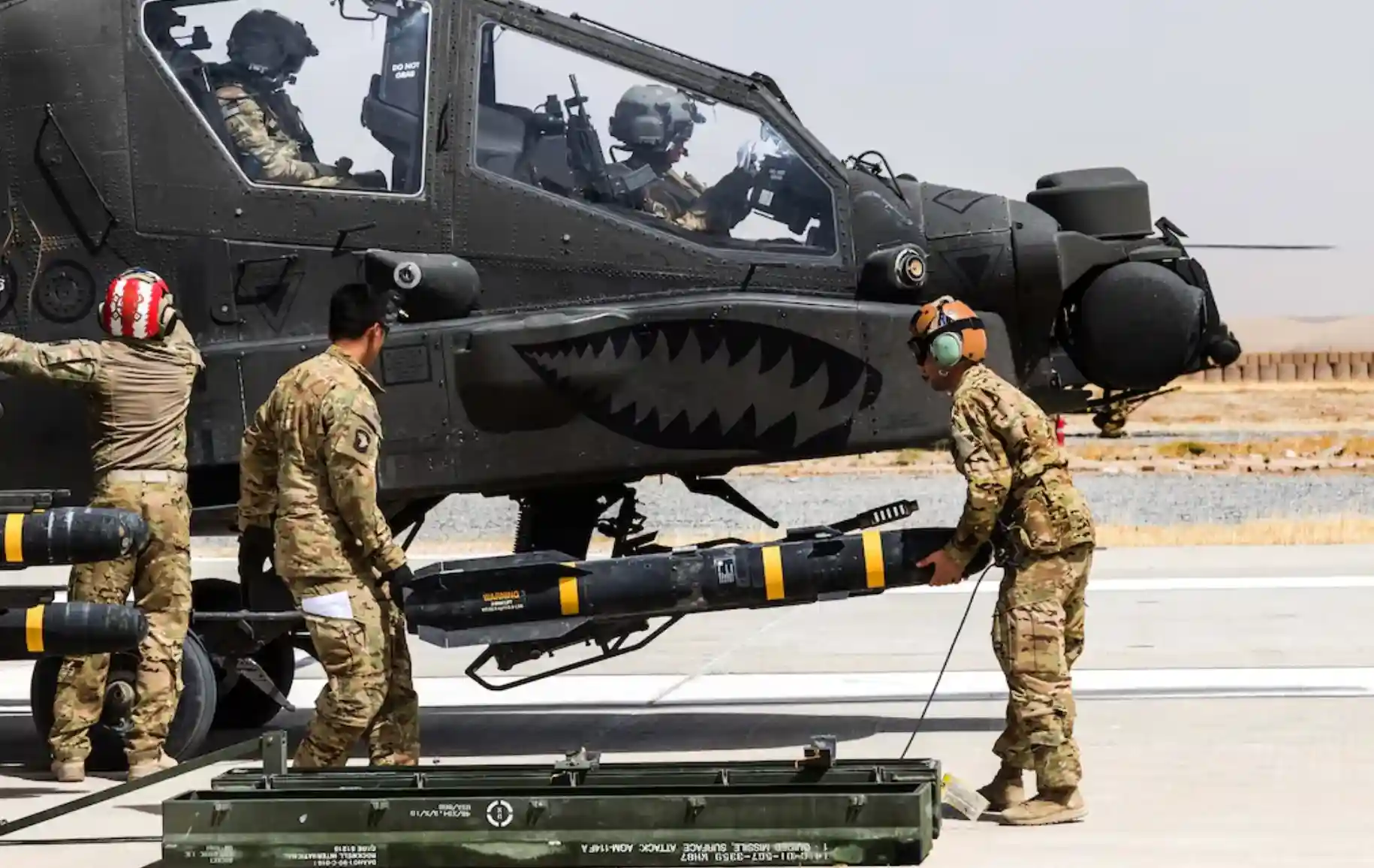
During a parliamentary discussion, Nick Harvey, a Liberal Democrat MP, emphasized the need for Parliament to be reassured that these missiles were only being used as a weapon of last resort.
The AGM-114 Hellfire missile has been widely utilized in high-profile targeted killings. In 2004, the Israeli Air Force (IAF) employed a Hellfire to assassinate Hamas leader Ahmed Yassin.
The United States has similarly used Hellfires in several notable strikes, including the 2011 killing of American-born Islamic cleric Anwar al-Awlaki in Yemen, the 2012 elimination of Al-Qaeda operative Abu Yahya al-Libi in Pakistan, and the 2014 strike against al-Shabaab leader Mukhtar Abu Zubair in Somalia.
In 2015, a Hellfire missile was used to kill British ISIL member Mohammed Emwazi, infamously known as “Jihadi John,” in Syria. Furthermore, Hellfires played a critical role in the targeted killings of Iranian General Qasem Soleimani and Al-Qaeda leader Ayman al-Zawahiri.
While the Hellfire missile is primarily designed for air-to-ground engagements, it has occasionally been used in air-to-air combat. The first documented instance occurred on May 24, 2001, when an Israeli Air Force AH-64A Apache helicopter downed a civilian Cessna 152 that had illegally entered Israeli airspace from Lebanon and ignored multiple warnings.
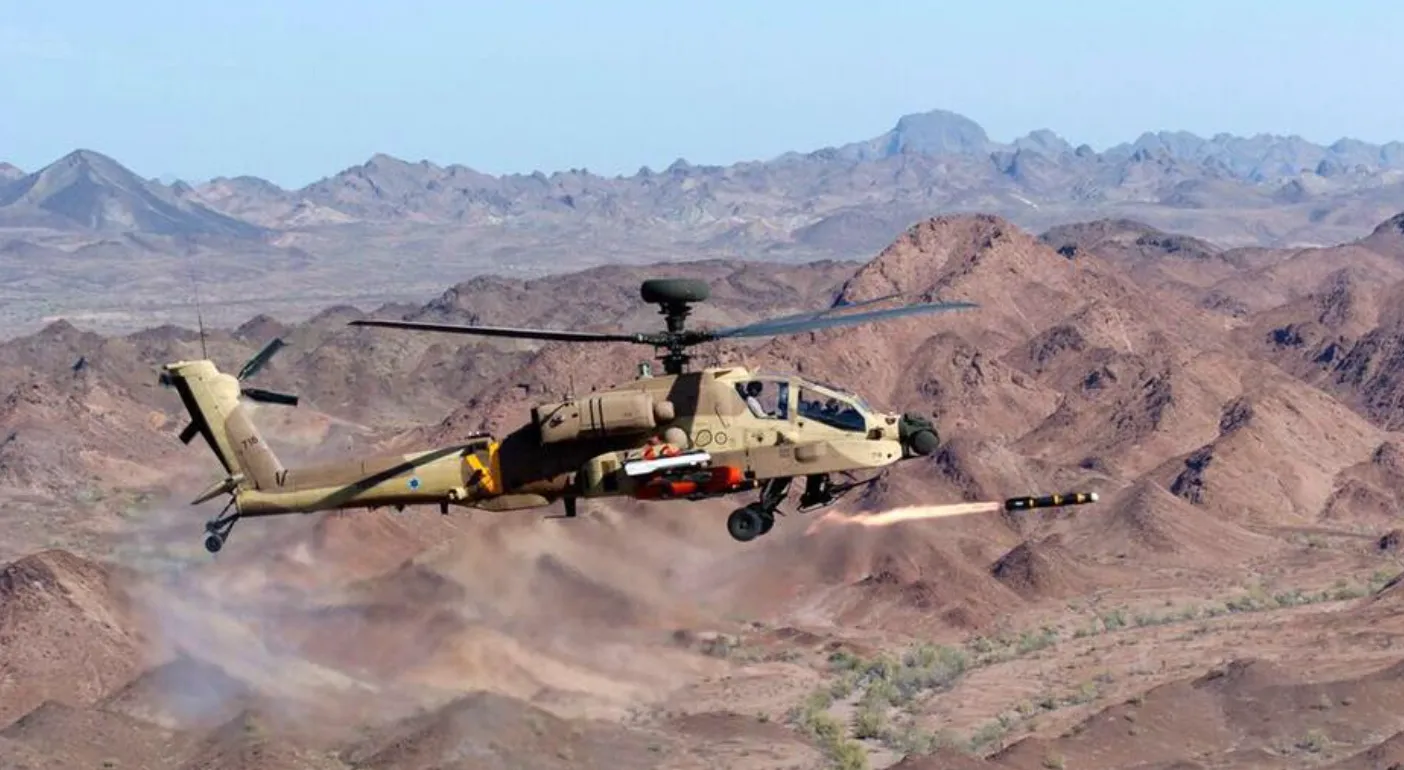
The second air-to-air engagement took place on February 10, 2018, when an Israeli AH-64 Apache destroyed an Iranian UAV that had infiltrated Israeli airspace from Syria.
In a notable incident involving the missile, The Wall Street Journal reported in January 2016 that a training version of the Hellfire missile, one without an active warhead, was accidentally shipped to Cuba in 2014 following a training exercise in Europe.
The inert missile, known as a “Captive Air Training Missile” (CATM), had been stripped of its warhead, guidance system, fuse, and motor, rendering it harmless. It was later returned to the United States.
The AGM-114 Hellfire missile series typically ranges from 1.63 to 1.75 meters in length, with a diameter of 0.178 meters, and weighs between 45 and 48.5 kilograms. These missiles are designed to deliver precision strikes at distances of 7 to 11 kilometers, carrying a warhead that weighs between 8 and 11 kilograms.
Although the AGM-114 Hellfire missile operates at subsonic velocities, it can reach speeds up to Mach 1.3, which is approximately 450 meters per second. These specifications make it a formidable weapon for engaging targets at extended ranges with high accuracy.
The AGM-114D/E, G, H, and J variants of the Hellfire missile were not manufactured, and thus, they do not have operational deployments. In contrast, the Q and S variants have been specifically developed to feature inert warheads, making them suitable for training exercises.
Additionally, the T variant was intended for experimental purposes to evaluate performance and functionality. It is important to note that this overview does not encompass the entire range of subvariants associated with the Hellfire missile system.
The AGM-114 Hellfire missile is utilized across various U.S. military branches and platforms, which include:
The AGM-114 Hellfire missile “Longbow” and “Romeo” variants are predominantly used by the U.S. military due to their advanced guidance systems and their versatility across multiple missions. These same models are also adopted by foreign operators, alongside the earlier AGM-114K variant.
The AGM-114 Hellfire Missile system has undergone extensive testing for compatibility with various military platforms, including the Humvee and the Improved TOW Vehicle (ITV).
Additionally, it has been successfully fired from a C-130 Hercules aircraft. Both Sweden and Norway utilize the Hellfire missile as part of their coastal defense strategies, and they have conducted tests with Hellfire launchers integrated into the Combat Boat 90, a vessel designed for coastal assaults.
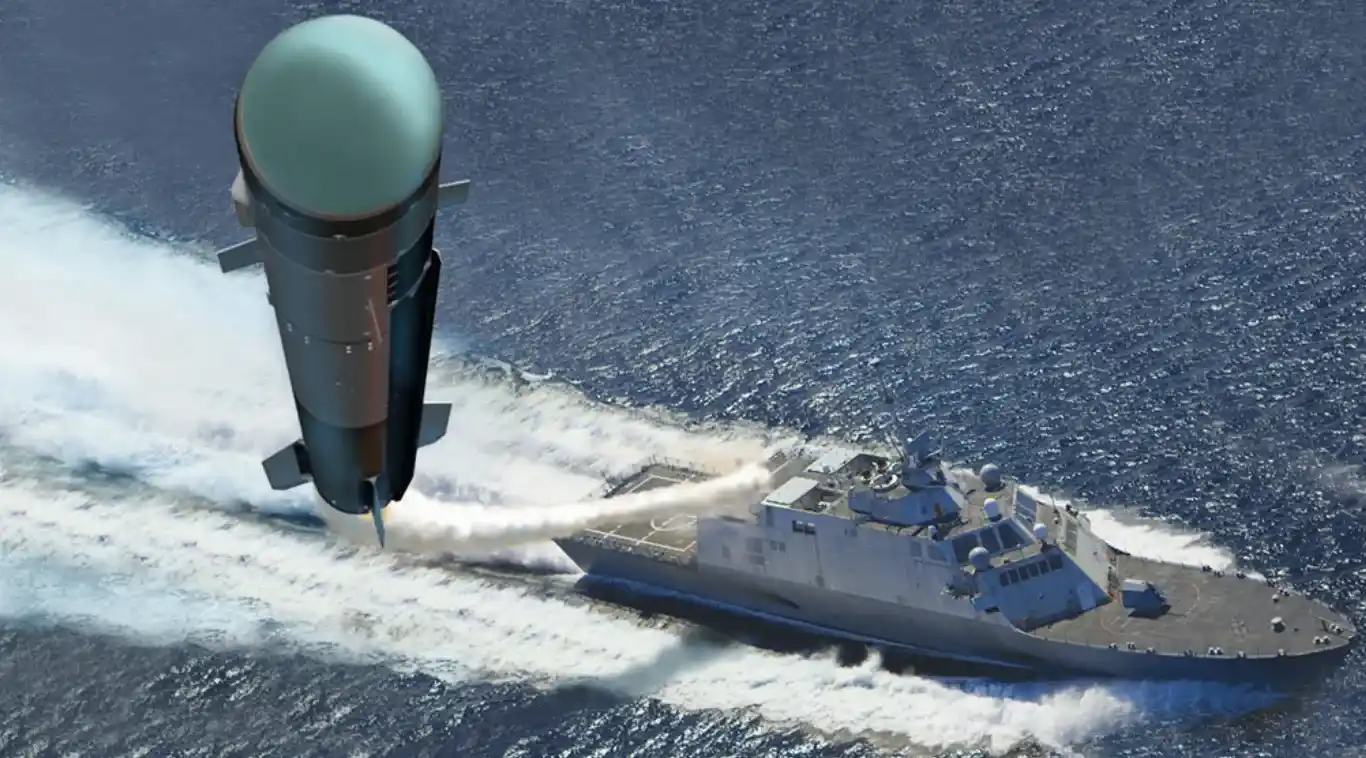
In the United States, the Navy has been evaluating the missile for deployment on the Freedom-class and Independence-class littoral combat ships since 2014.
Notably, in early 2017, the missile was successfully launched from a littoral combat ship (LCS), marking a significant milestone in its operational readiness. Plans were in place for this system to be deployed by late 2019.
In 2016, the U.S. Army tested the Longbow Hellfire missile using a 15-tube Multi-Mission Launcher (MML) mounted on a Family of Medium Tactical Vehicles (FMTV) truck.
This MML is an innovative weapon system developed by the Army, designed to launch both surface-to-surface and surface-to-air missiles, enhancing the versatility of ground operations.
Initially, the Longbow Hellfire was incorporated into the Maneuver Short-Range Air Defense (M-SHORAD) variant of the Stryker vehicle to serve as an effective counter-drone missile system.
However, in 2024, the U.S. Army ceased its use of this platform. This decision stemmed from findings that prolonged storage of the missiles on a ground vehicle led to wear and tear, raising safety concerns regarding their operational integrity.


The United States has strategically sold AGM-114 Hellfire missiles to a diverse group of 30 allied nations. Among these allies, several are located in the Middle East. The countries that have acquired these advanced munitions include:
Australia, Croatia, Egypt, France, Greece, India, Indonesia, Iraq, Israel, Italy, Jordan, Japan, Kuwait, Lebanon, Netherlands, Norway, Pakistan, Qatar, South Korea, Saudi Arabia, Singapore, Spain, Sweden, Taiwan, Tunisia, Turkey, United Arab Emirates, United Kingdom.
The sale of these missiles underscores the U.S. commitment to supporting its allies in enhancing their military readiness and operational capabilities across various regions, particularly in response to evolving global threats.
Share
Defense Feeds is publication focusing on informing, engaging, and empowering the world by providing accurate information from defense technology.
Powered by Defense Feeds © 2025 – All rights reserved.